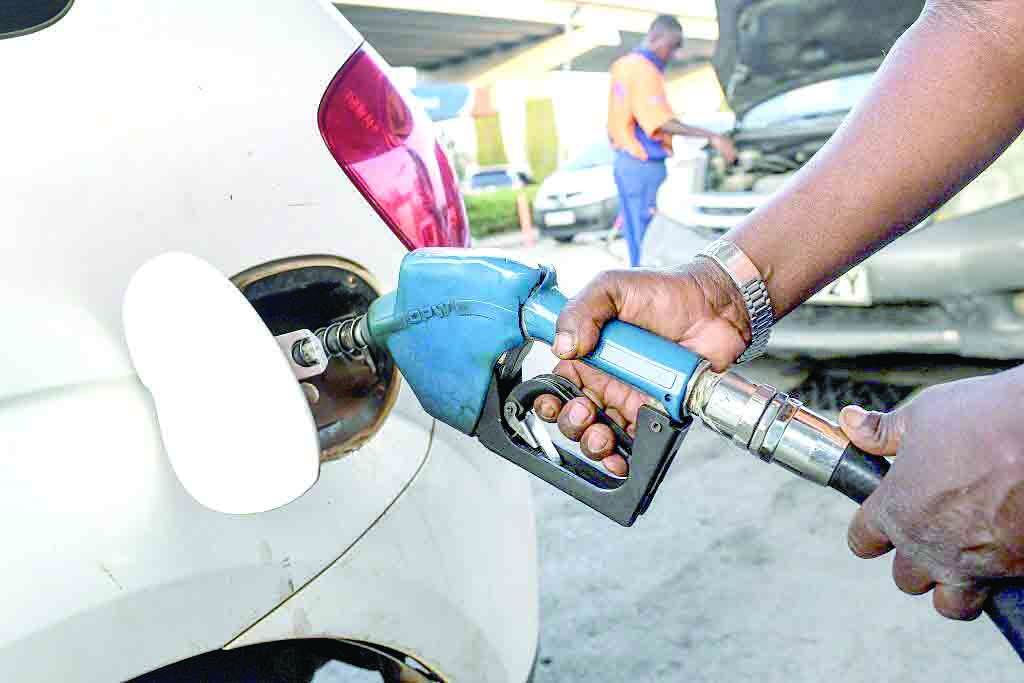Kenyans to wait longer to benefit from low oil prices

Despite world oil prices slumping to the lowest since January, Kenyans might not significantly enjoy the benefits, amidst plans to remove the subsidy, which has been a stabilising factor
World oil prices have been slumping since March this year, West Texas Intermediate crude, the US oil benchmark dropping from $130 (Sh15,684.9) to $100 (Sh12,065) last week.
The international benchmark Brent crude that Kenya uses has been hovering at around $95.5 (Sh11,522) per barrel, raising hopes that the benefits could be passed over to consumers.
Central Bank of Kenya (CBK) Governor Patrick Njoroge, while addressing newly elected Senators last week said they expected the commodity to further reduce to the point subsidies, that have in the last four months gobbled up Sh144 billion, will not be required.
“As you can see, it had gone as far as $130 a barrel, that was in March and now it has come down to $93 a barrel,” Njoroge said. The subsidy facility has been pivotal in cushioning consumers from unprecedented rise in the cost of living, with the August inflation inching up to 8.5 per cent in August up from July’s 8.3 per cent, the highest rate since June 2017.
Consumer prices
However, with the subsidy expected to end this October as per the International Monetary Fund (IMF) and government negotiations, Kenyans are expected to continue feeling the pinch in their pockets in the near term, with the inevitable rise in fuel prices expected.
Currently, the commodity, which is a key driver of overall consumer prices in Kenya retails at Sh179.3 for Super petrol, while Diesel and Kerosene goes for Sh165 and Sh147.94 per litre respectively in Nairobi. The subsidy was introduced in April last year, without which, according to the regulator, Energy, Petroleum Regulatory Authority (Epra) said prices would be above Sh200 a litre for Super and Sh190 for diesel. IMF has inserted the removal of the subsidy under the 38-month budget support scheme in its list of reforms attached to the latest Sh270.2 billion loan package.
“The authorities intend to continue gradually realigning domestic to global fuel prices in 2022/23 financial year, so as to eliminate the fuel subsidy by October 2022,” said IMF in its report.
Retired President Uhuru Kenyatta directed National Treasury and Petroleum ministry to set up a long-term fuel subsidy scheme to cushion motorists from high pump prices in October last year.
In the meantime, the August Purchasing Managers’ Index (PMI), produced by Stanbic Bank and S&P Global fell to 44.2 from July’s 46.3, marking the weakest reading since April 2021, coming on the disruptions linked to the August 9 presidential elections which took a toll on activity in the month.
Sharpest pace
Output declined at the sharpest pace in 16 months, with new orders contracting at a quicker pace due partly to a lack of cash flow. Additionally, firms cut jobs for the third time in four months while prices, both input costs and output charges rose at the softest paces in seven months.
This, even as fears about global recession ramped up after the round of rate hikes by the European Central Bank (ECB), which announced its largest-ever increase in interest rates, as officials confronted a nightmare scenario of soaring inflation, coupled with an economy that appears to be stalling.
Christine Lagarde, ECB President said the supersised rate increase was needed because August’s 9.1 percent inflation rate was “far away” from the bank’s 2 percent goal. The Bank of England last month also raised its benchmark lending rate by half a point, its largest increase in 27 years.










